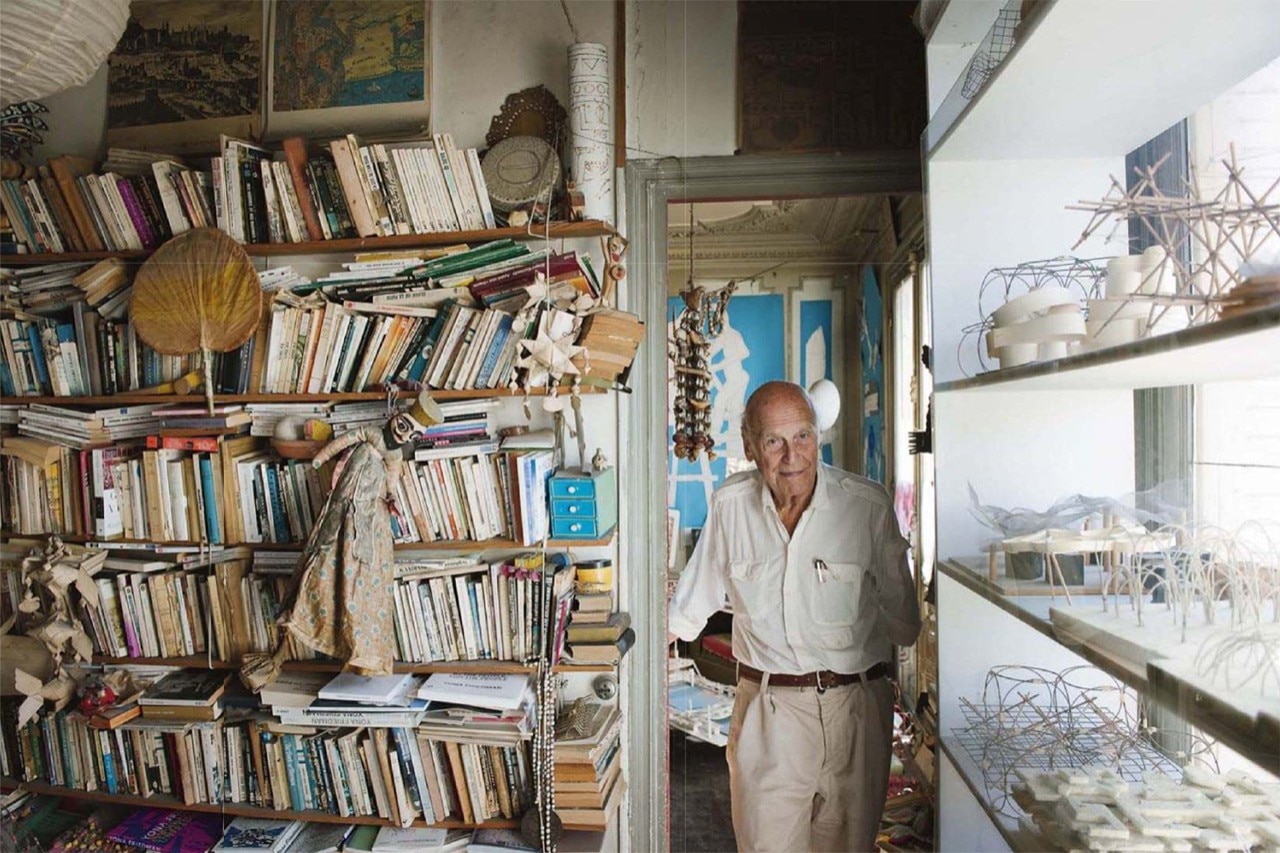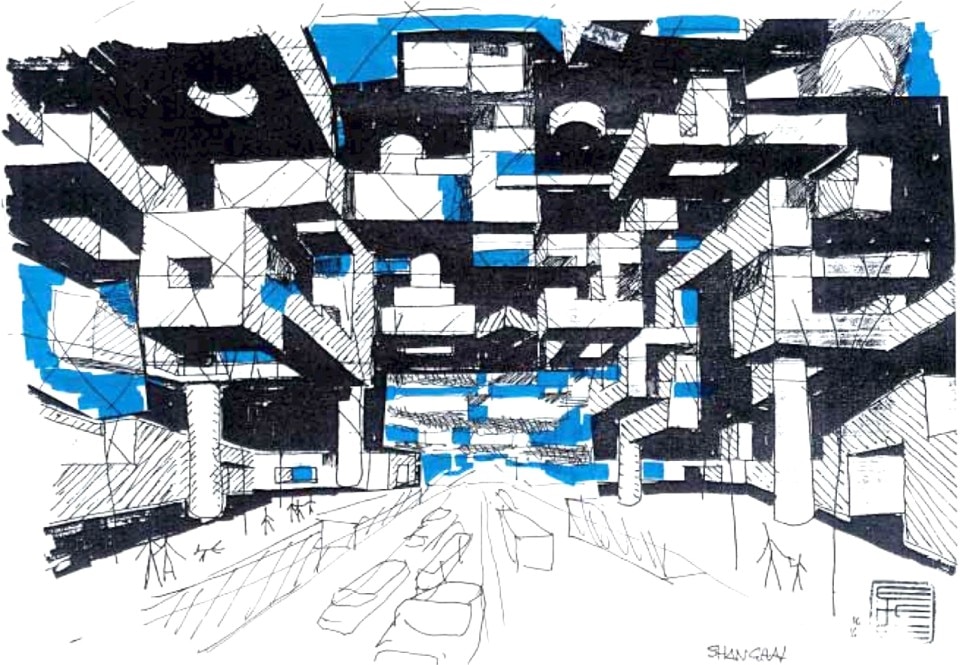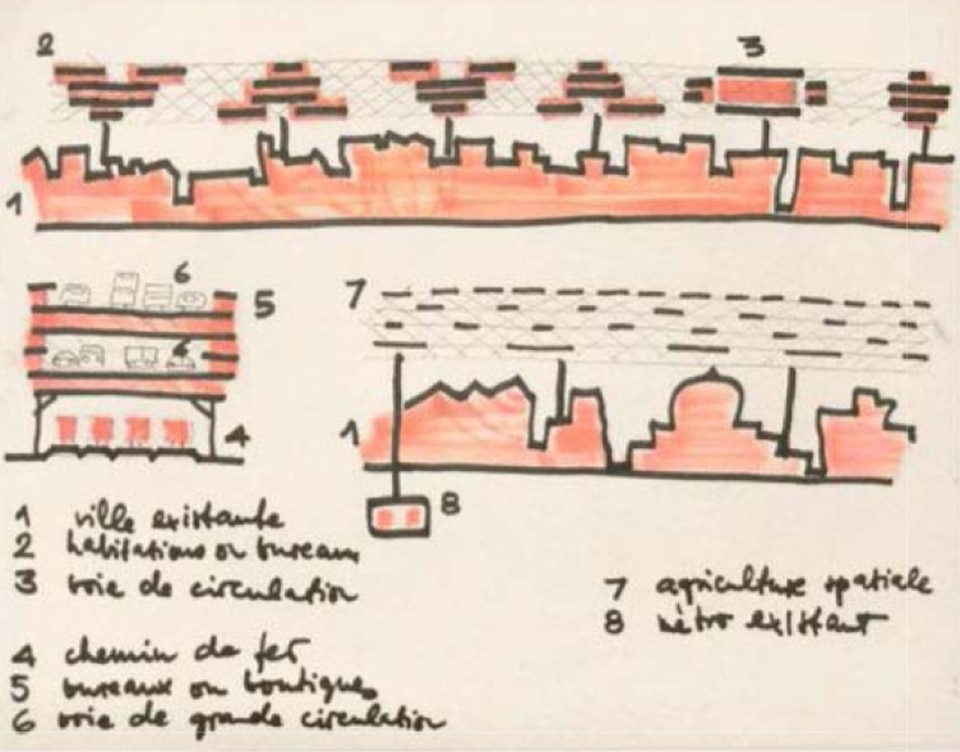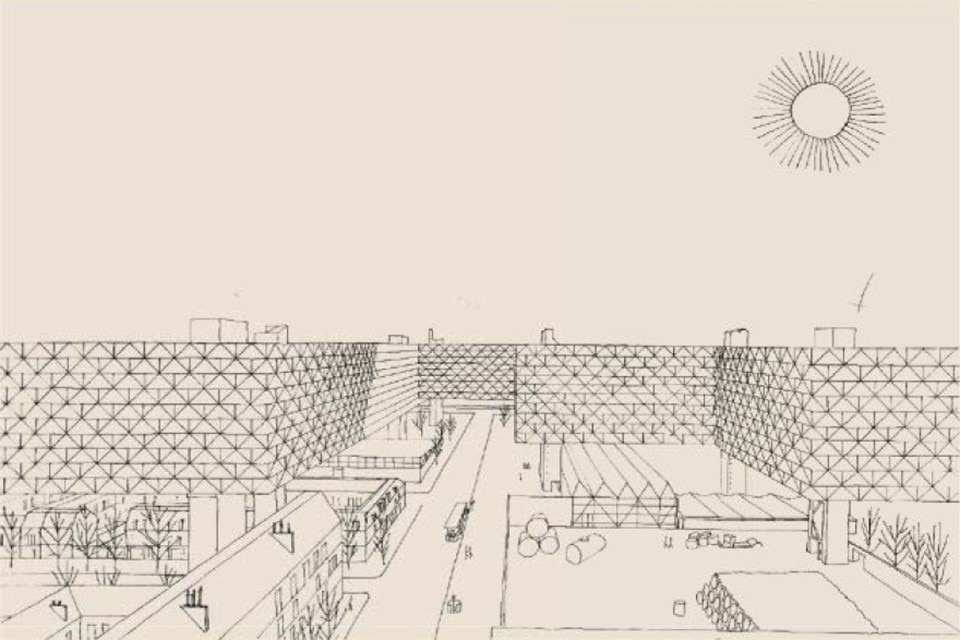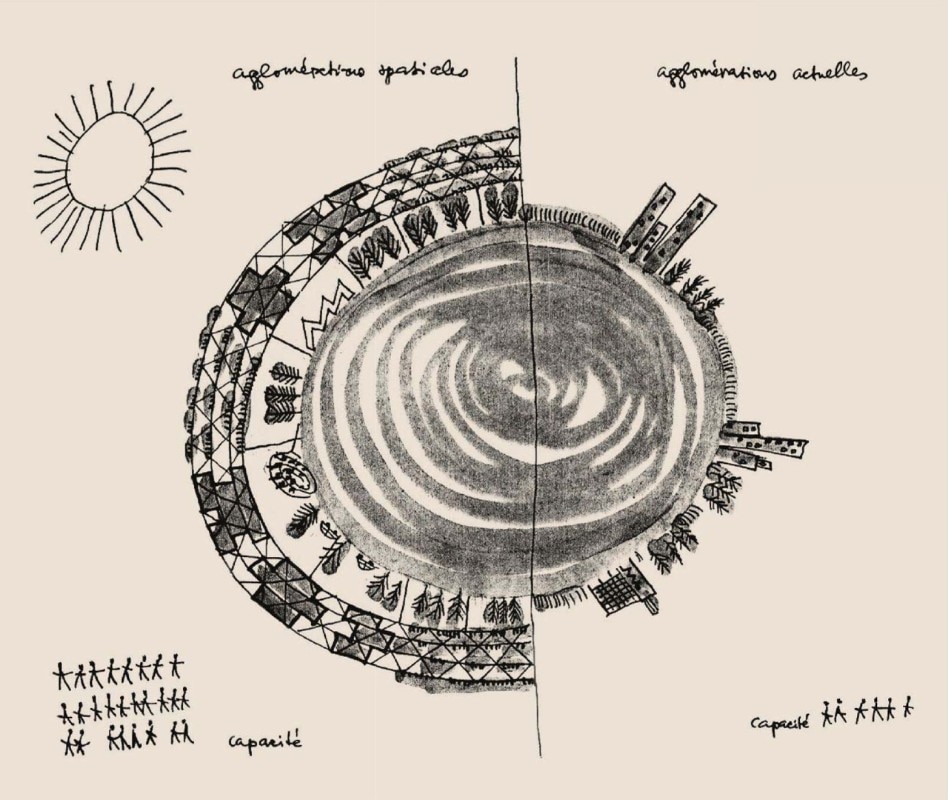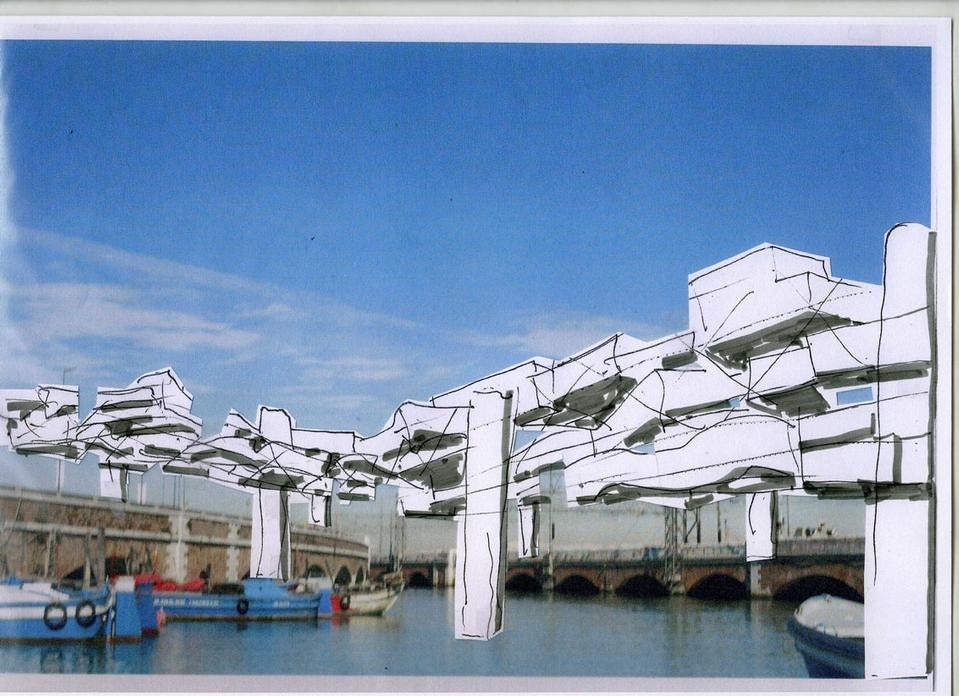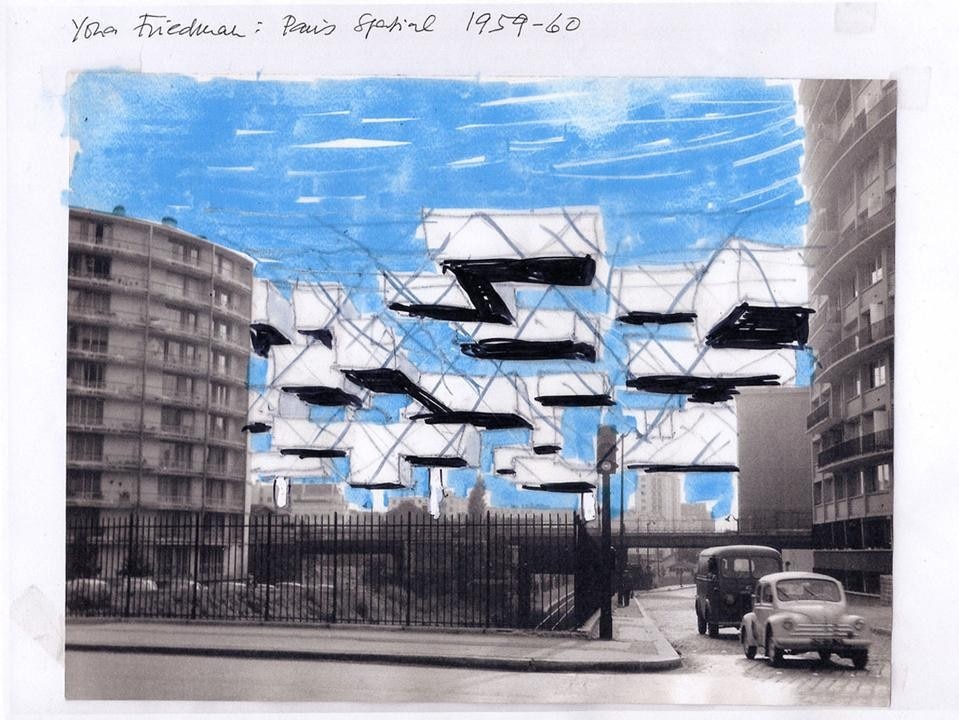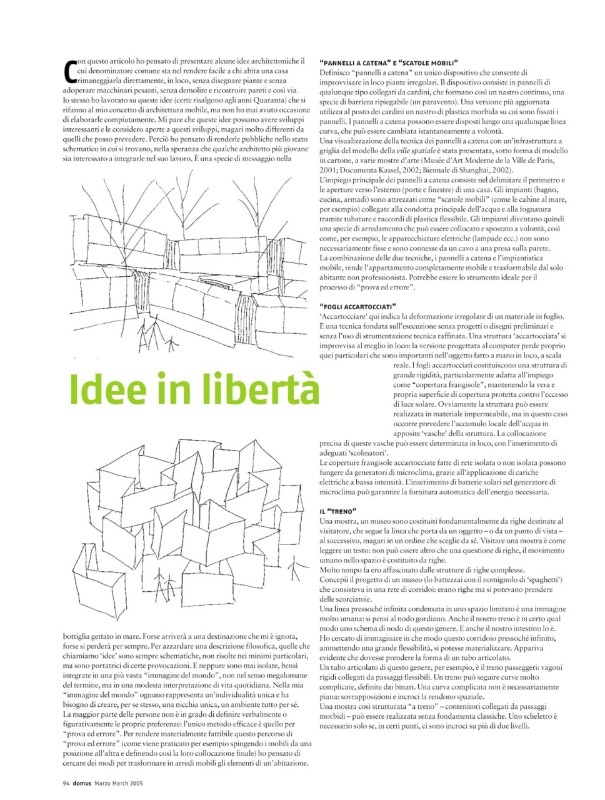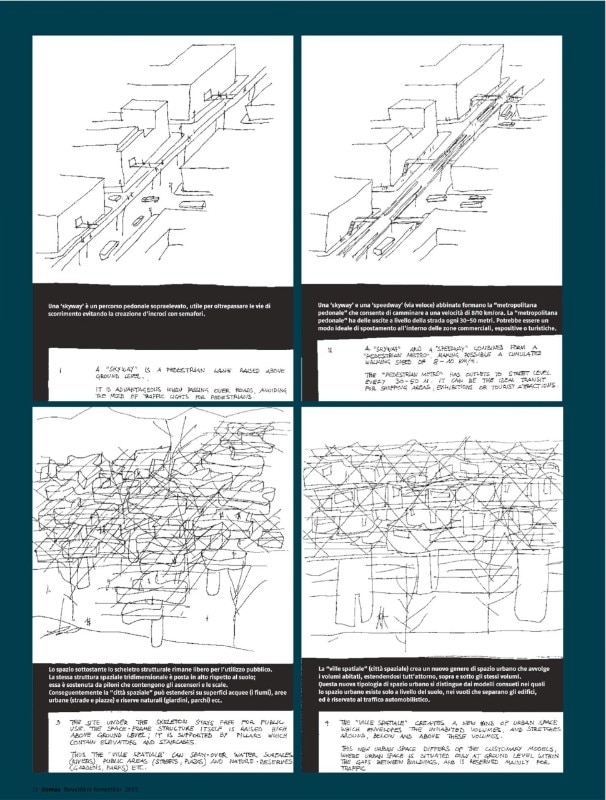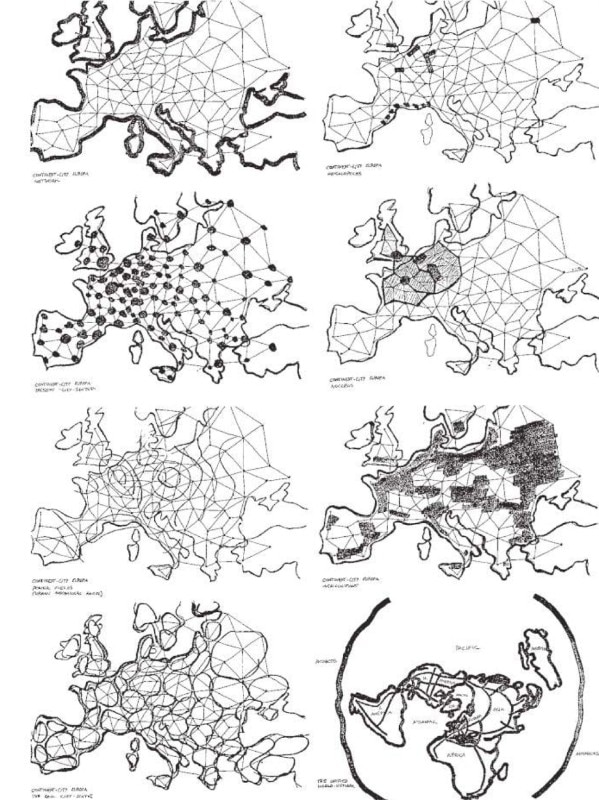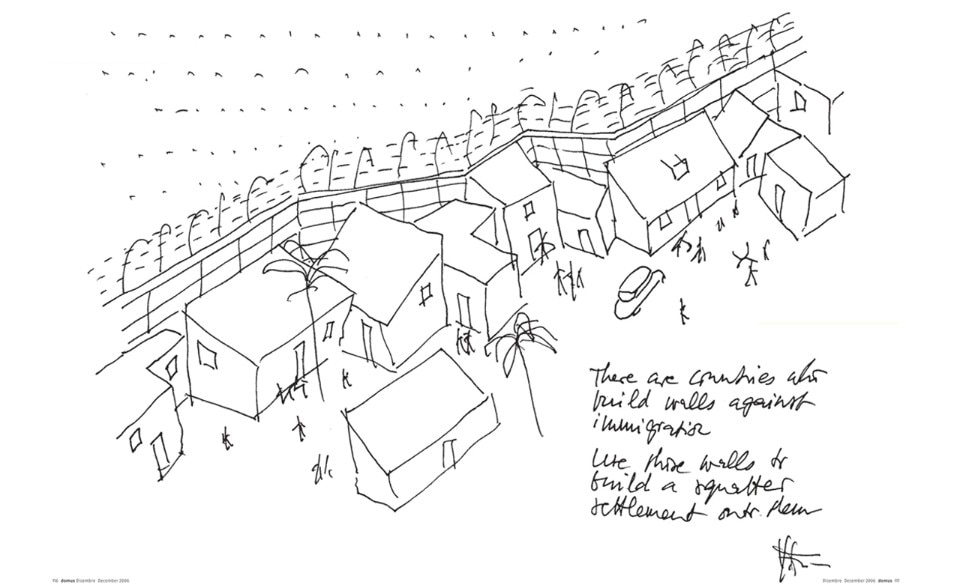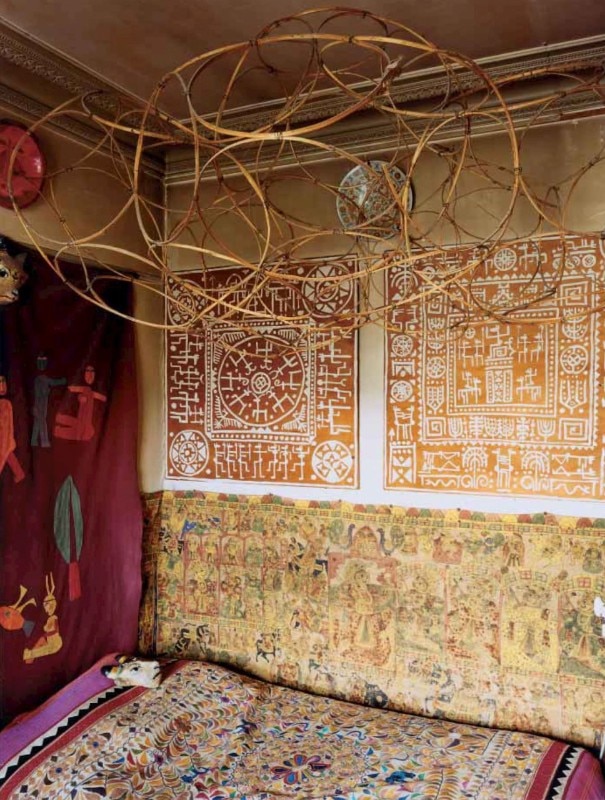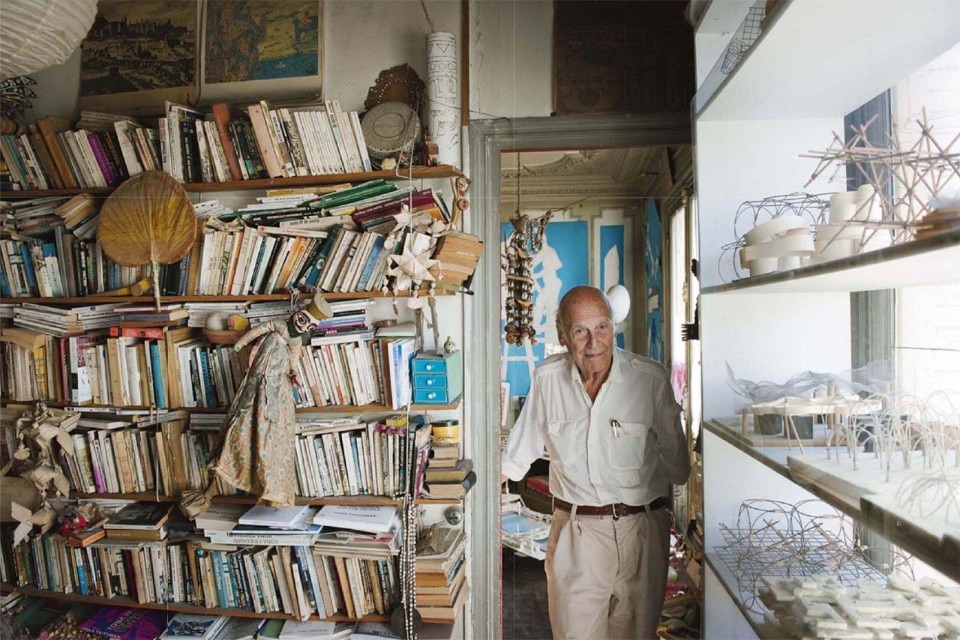“I also discovered that I am not a typical professional man, but rather one interested simultaneously in many fields. In most of my later books, architecture is used only as a pretense for speaking about other topics: Physics, society, communication, graph theory, environmental economy, even about politics. In all those fields I was helped by my naivety and my lack of erudition. A friend of mine, the writer Robert Jungk, used to call me ‘the child who discovered that the emperor is naked’.”
In 2014, Yona Friedman chose these words to tell something about himself while writing A sort of foreword to The Dilution of Architecture, the work he co-curated with manuel Orazi after an almost fifty-years-long career. Presenting the book on Domus one year later, Orazi by the way outlined the portrait of Friedman as
“(…) one of the few great producers of concepts, which in the opinion of Gilles Deleuze ought to be the task of the philosopher. (…) Friedman’s substantial theoretic work stands out as a sort of humanist bulwark against professional cynicism on the one hand and against academic intellectual aridity on the other.”
(The erratic universe of Yona Friedman, Domus 993, July—August 2015)
The publications that appeared in recent years have been looking widely backwards, still there was no intention to tell the story of something that had come to an end. Through the last twenty years instead Friedman had been entering full-steam a new phase, where his principles and visions that had been punctuating all the radical waves of postwar years where pouring into a new way of communication and discussion of new subjects. Since the late 90s, Friedman had had a new critical fortune, unedited translations of his work had been published in new languages, and he was getting more and more present in a world of magazines, essays, communication and curatorial practices that became more and more his favorite field of expression and action.
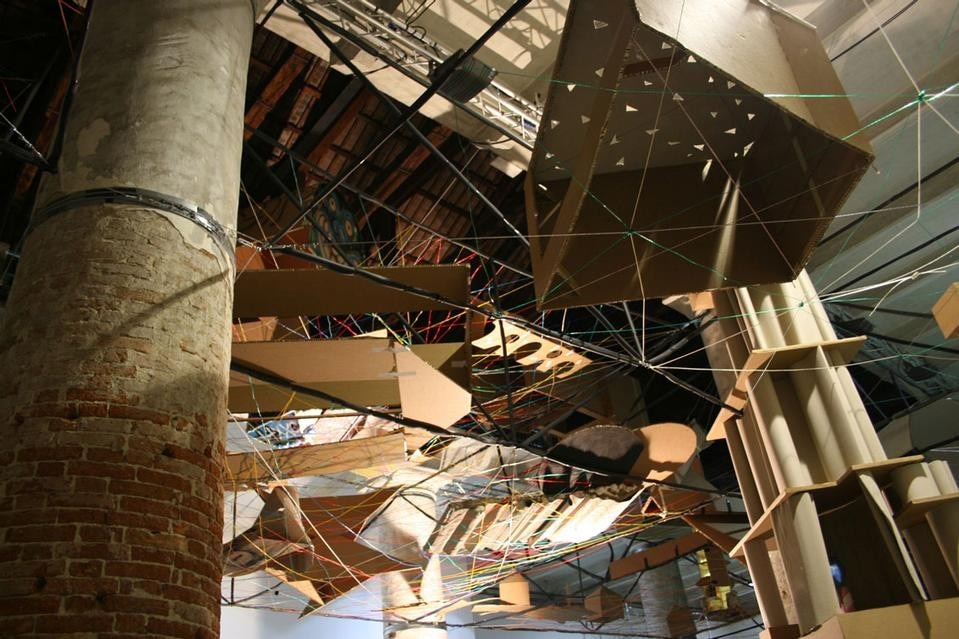
A constant presence already, always mentioned as a player of his times, of an era he was constantly busy “out there” helping to build, he could finally transpose on Domus those principles that got him the position of a prominent thinker of contemporary architecture: he figure of the network, properly belonging to a post-CIAM world where Mark Wigley could identify a real network fever; architectural and urban visions centered on the individual as a subject capable of creating kin, rather than a collective entity acting as somme kind of a big individual; the adaptability/editability of space as a device. This latter was the principle he used to introduce at CIAM X in Dubrovnik (1956) his idea of an architecture mobile.
The architect of the Utopies réalisables (the one that was nonetheless defined by Agnoldomenico Pica in 1971 as “(…) the author of utopian, sometimes quite horrible propositions”) did therefore disclose for us a wide corpus of reflections, which had become strong and iconic through several decades of teaching, visual teaching most of all: the majority of Friedman’s expressions are in fact conceived through the medium of a simple and comprehensible way of writing, a blackboard-friendly writing, to be more precise.
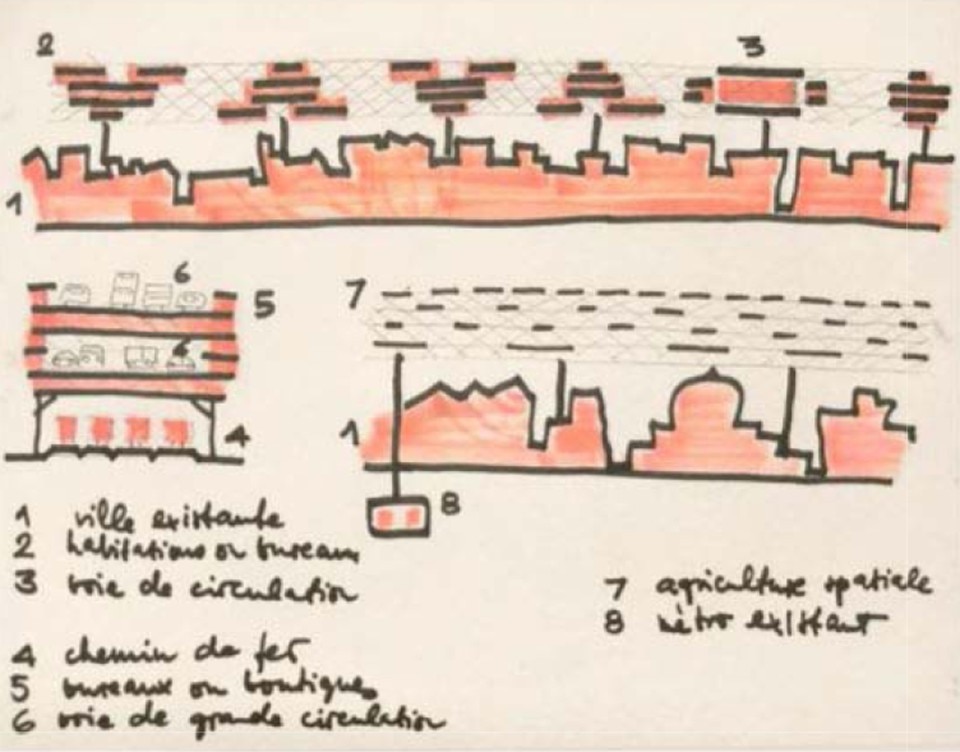
It is the inhabitant of the city who should have the right and the material possibility to determine the site and the shape of his particular domicile, to transform it, to improve it continuously.
A first lesson, in 2005, concerned the fundamental elements of editable space, which had always been a base to the architecture mobile at different scales; panel chains, movable boxes, crumpled sheets, trains: figures, devices, “(…) ideas on architecture, the common denominator of which is making it easy for the inhabitant to reanimate his home directly, in situ, without drawing plans or employing heavy machinery and without demolishing or reconstructing the walls.” (Ideas at large, Domus 879, May 2005)
Such formulations could expand to the urban scale in the projects of ville spatiale that Friedman proposed for Shanghai, a few years before the arrival of 2010 Expo: in conceiving and explaining his idea of a bridge-city that would extend Nanjing Road over the Huangpu River, Friedman took a chance to remind us that
“(…) it is the inhabitant of the city who should have the right and the material possibility to determine the site and the shape of his particular domicile, to transform it, to improve it continuously. The built-up volumes of the city would thus change here by here, and cityscape would never become final. This is what is known as ‘mobile architecture’.”
(Chez Friedman. 3.Friedman Shanghai, Domus 886, November 2005)
It is a vision that would later gain some more defined shape, in 2007, through a multiplication of prototypes for the Shanghainese bridge-city, structured according to different scenarios of operability by pedestrians. (Portfolio — Yona Friedman. Pedestrian Bridge in Shanghai, Domus 907, October 2007)
The present or future European Union is perhaps the largest continent-city in history. (…) this physical network corresponds to a non-material network with the same structure. An inhabitant of a continent city thus draws his livelihood not only form his own nucleus, but from all the nuclei together.
The interaction between flows, flows as generators of urban space could just become a natural conceptual extension of such reflections: they had been in fact the objects of several visual handbooks, real visionary storyboards created by Friedman through the decades. Here is why Domus gave space in 2005 to his prototypes of half-cars that could be composed into units or entire car trains. (Chez Friedman. 2.Friedman Cars, Domus 886, November 2005)
The cross—scale dimension of Friedman’s visions — a companion and a heir to an entire family of theories looking at the world through the critical lens of networks, according to the models conceived by Richard Buckminster Fuller — would arrive up merge interpretations of the city with interpretations of territorial geographies, underneath the same conceptual frame of the network of interactions. This was the origin of narrations such as the one about Europe as a continent-city, an entity contrasting the undistinguished nature and dimension of the Megalopolis, a different reality constituted by the interaction of medium-small nodes, something made possible by a strong and articulated transportation infrastructure (trains). (Continent-city, Domus 896, October 2006)
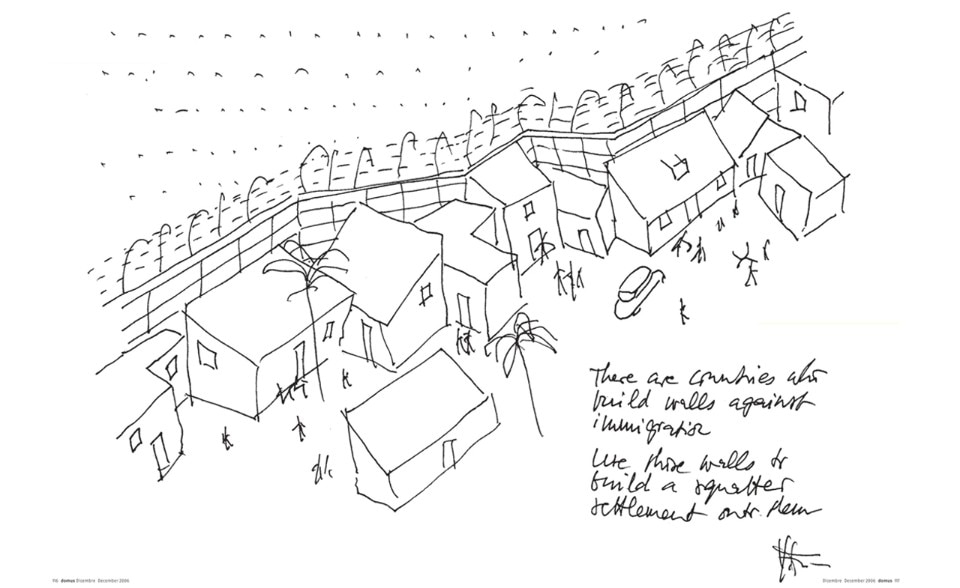
It is nonetheless impossible to separate Friedman’s research from his personal nature, to give an account of Friedman through his projects only: Friedman the man had an essential role in defining Friedman the icon, in his importance within architectural thinking and his power to constantly stimulate new debates. He himself appeared on Domus several times disclosing such personal aspects, with “manifesto” graphic contributions or with a showcase of a series of spaces that were shaped or characterized by his individual presence, such as his Parisian apartment, his library he accepted to unpack in 2011, or Merz World, the space-based project he worked to with Tomás Saraceno for Cabaret Voltaire, pushing the Merzbau concept by Kurt Schwitters towards a new level of investigation.
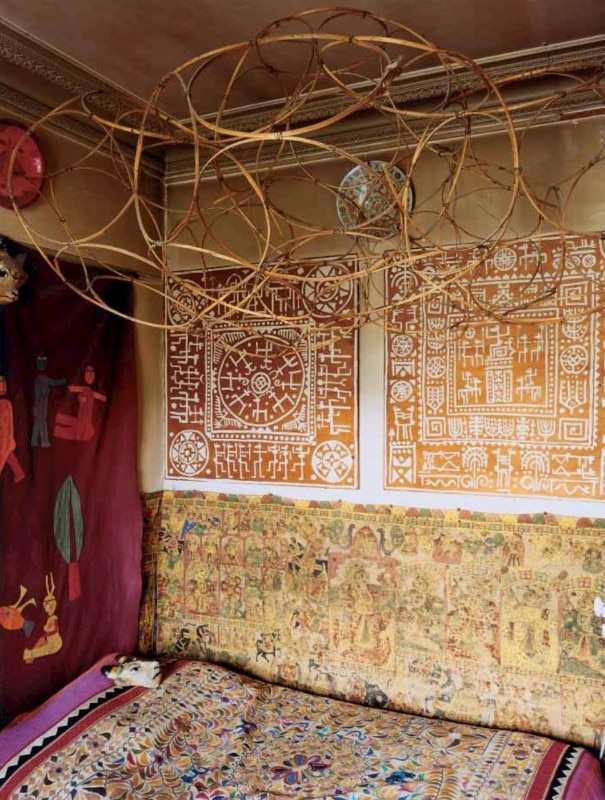
“I used to travel a lot in the past and often came back with funny objects, popular crafts that were always inexpensive. I would alter them to make new installations. The space that emerges is my own personal world. I don’t think I would be able to do it for somebody else. It is unplanned and recomposed continually; it is something that takes time.
Once somebody asked whether I took drugs. I definitely do not; I don’t need them for ‘creating my own world’.”
(Chez Friedman. 1.Friedman Home, Domus 886, November 2005)
This was the way Friedman would describe his space, with that same strength in rejecting whatever imposed authority — when it came to giving to the inhabitant the power to create his/her own space — that could be found also in his judgments on literary landscapes or global environmental issues.
In picking from his shelf Thomas Mann’s The Magic Mountain in 2011, in fact, he would state:
“My curiosity is not aroused in particular by the characters, such as Hans Castorp, whose ideals and intellectual speculation have been the subject of entire essays, but rather by the original quality of the invention of a physical and moral, unexpected and surprising environment. Something of the sort occurs in science fiction (…)”
(Unpacking my library: Yona Friedman, Domus 952, November 2011)
Here instead, his expressions when it came to the environmental issues directly involved in the Merz World concept:
“We managed to live with a changing climate for thousands of years. Why not now? The easiest thing is to let it go. (…) The way we are feeding ourselves and our lifestyle is the real reason behind climate change. Let the world redevelop in its own way and change your lives.
(…) We treat an apartment’s equipment like a model and make it life-sized. People can thus modify the space as they want. You should only heat the spaces you effectively use. Using less energy is not simply economic; it also increases independence.
(…)We have sophisticated technology, but we don’t know how to handle it. That’s why I prefer simple materials, in the same way that you could use pre-sophisticated technology before.”
(A Cloud Spatiale City, Domus 936, July 2010)
These are visions where practice is the tool that modifies the world, narrative visions, imaginative visions, sci-fi visions sometimes, such as a certain literary panorama that evolved together with Friedman, and which he loved (the following selection from his library was Ray Bradbury’s Fahrenheit 451): in any way, Friedman’s visions have always been impossible to channel or enclose within an exclusively textual or verbal medium, since Friedman’s proper realm has always been the explored space, the visible space, the perceived space, modified by the act of dwelling.
Here is why his conversation about Merz World ended as it follows, and so does our exploration of Domus archives in search of the father of the ville spatiale:
“(Friedman:) ‘Indeed, that was our conversation. But, as always happens with audio recordings, a large part of the content gets lost. When talking, I used to show drawings or objects. I also have my mimics and gestures and my personal way of diction. None of that is visible in a printed text.’
So, dear reader, complete the print as you see fit. Communications means organized misunderstanding.”
Opening image: Yona Friedman between his books and models, in Paris. In Domus n. 952, November 2011


